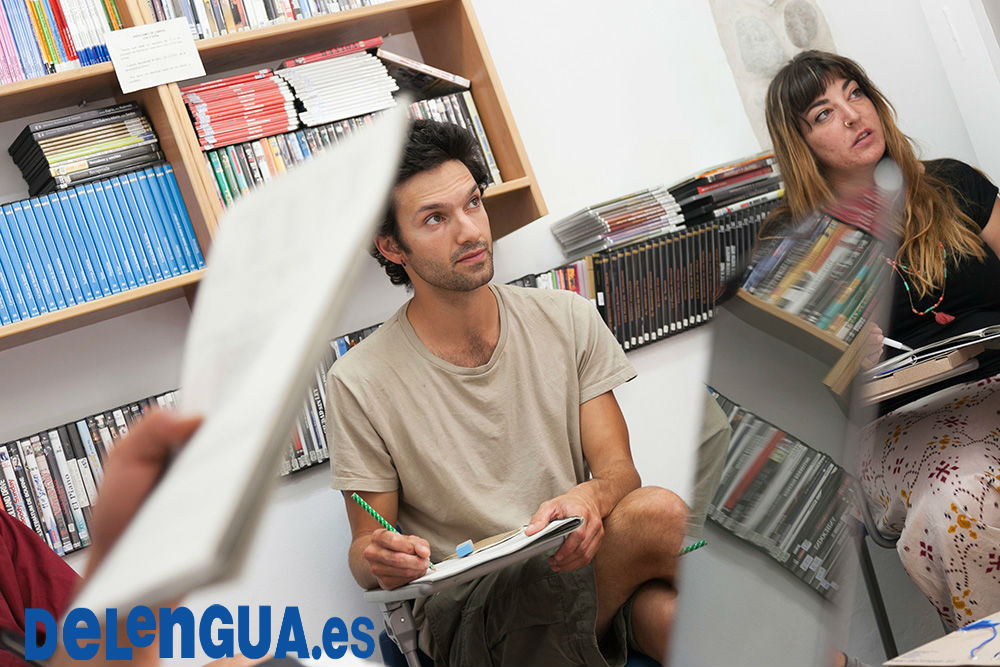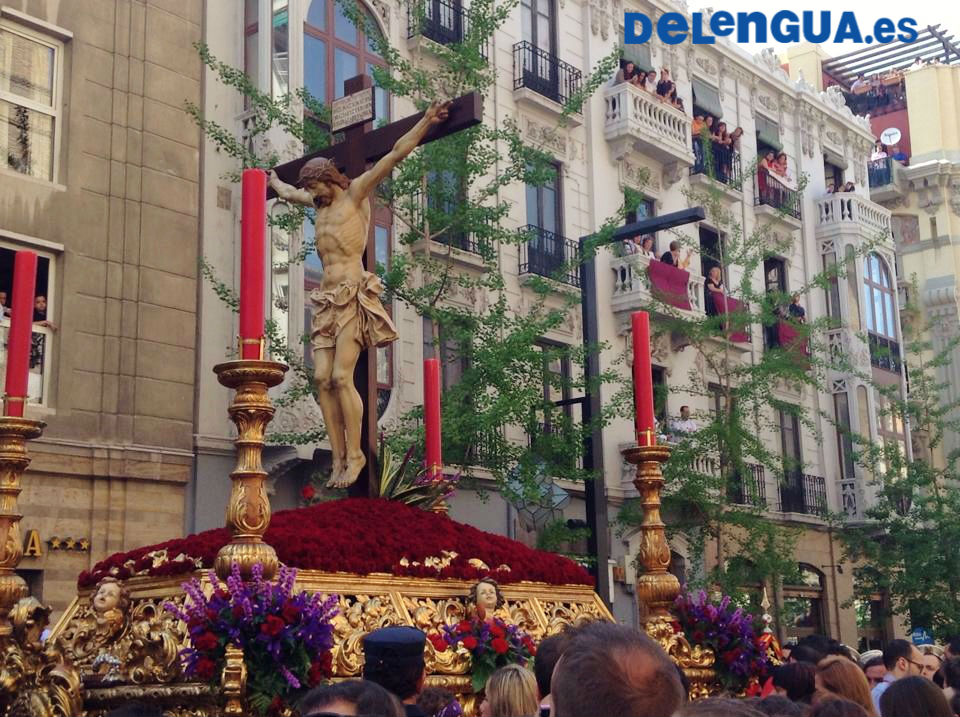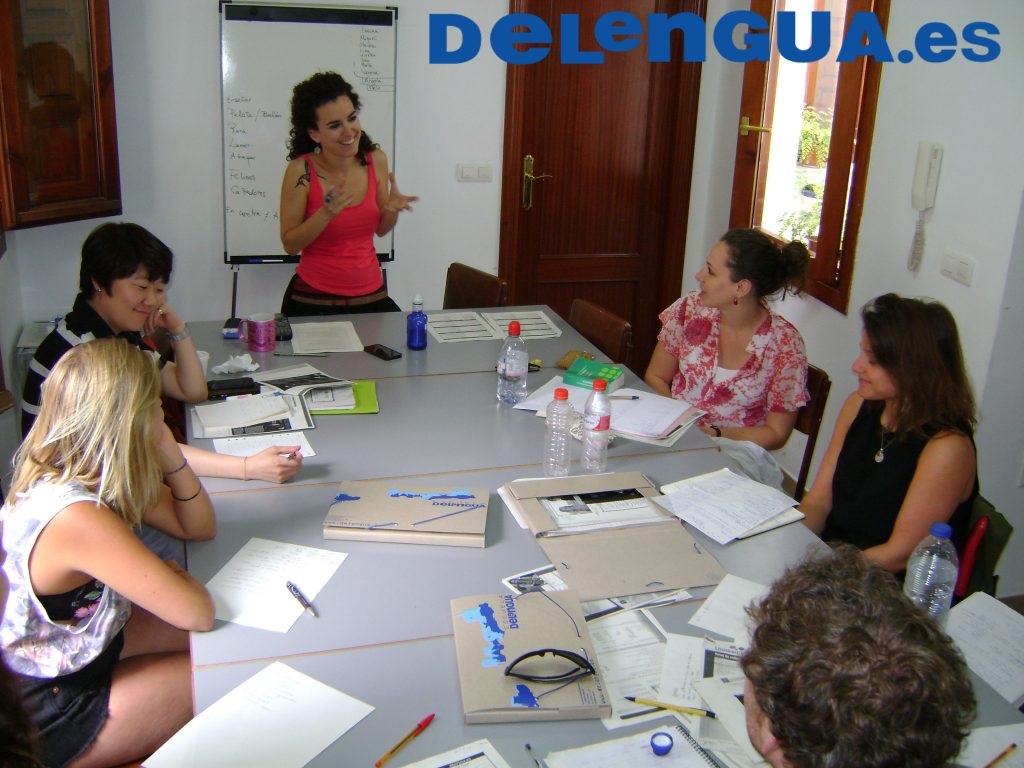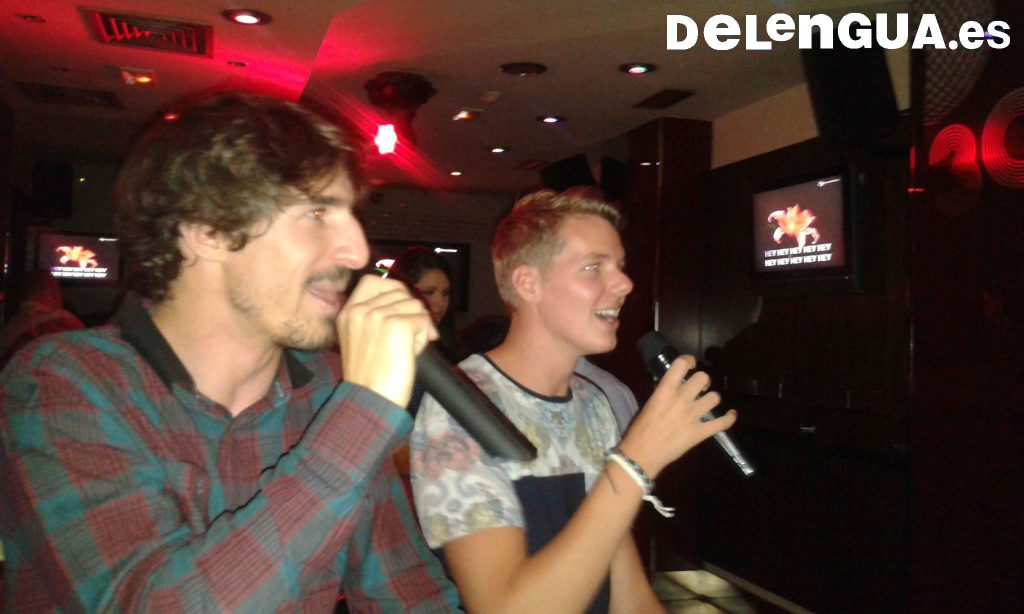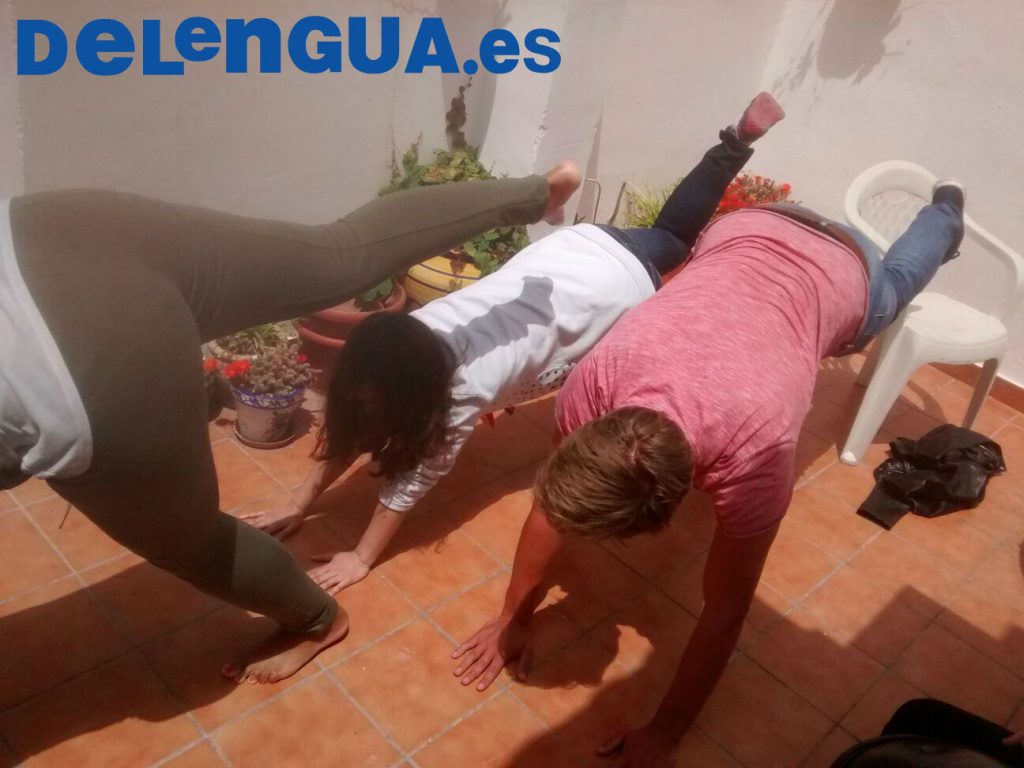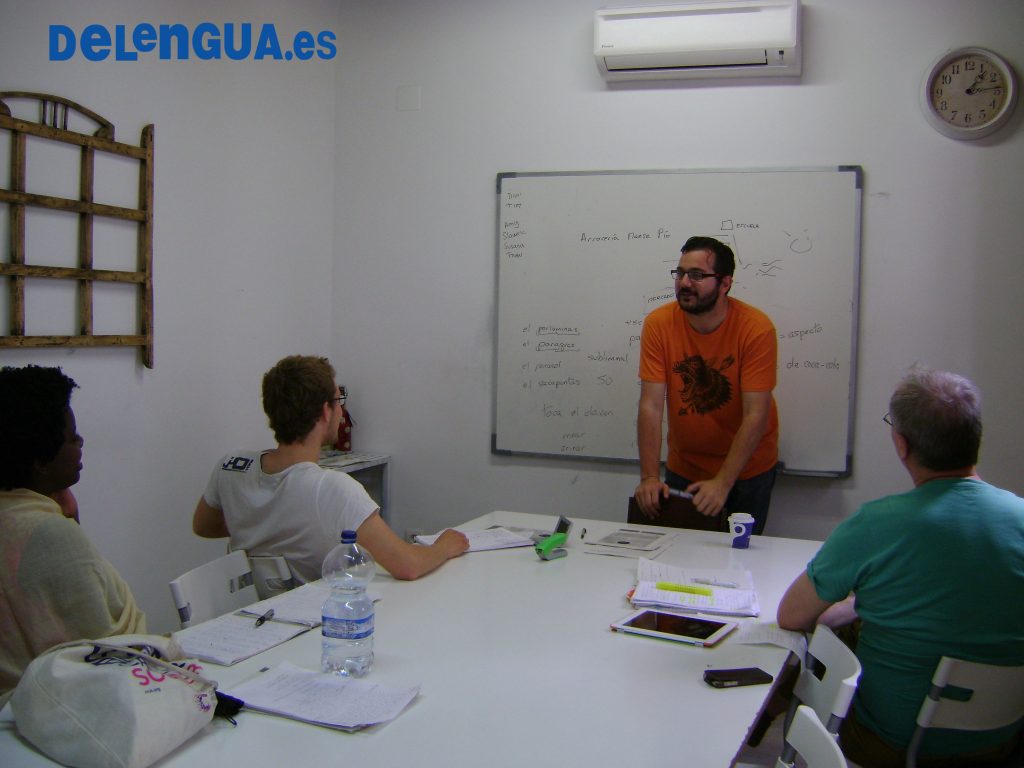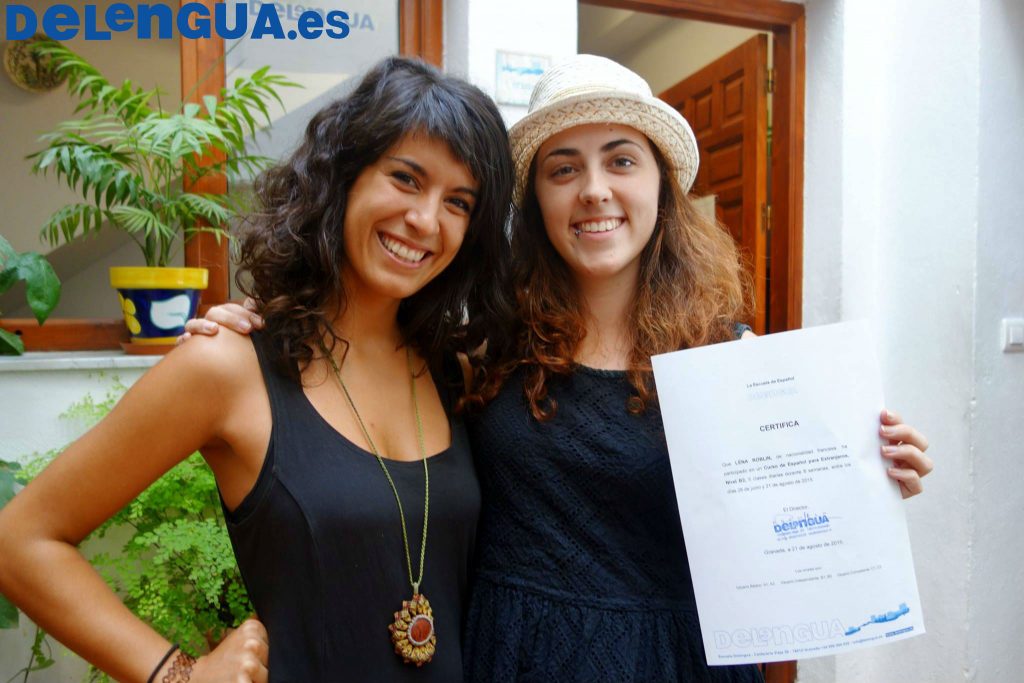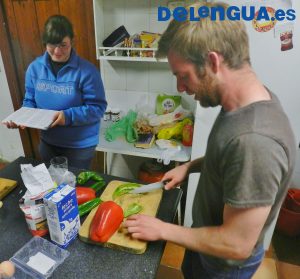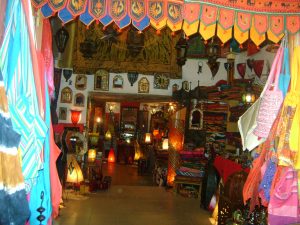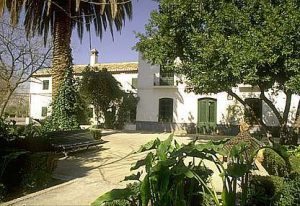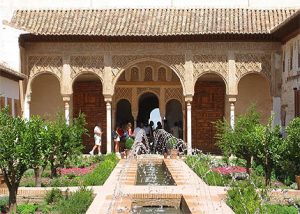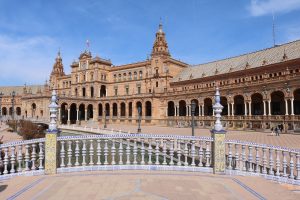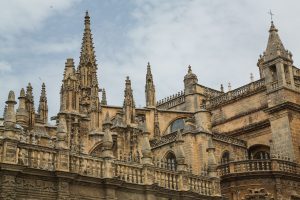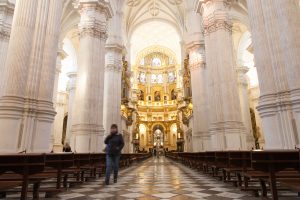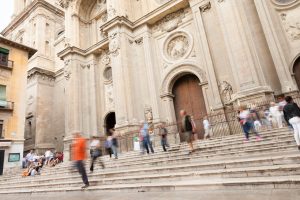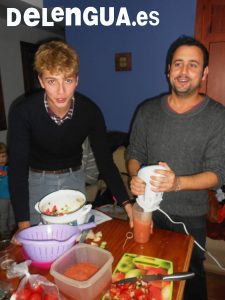| Español | Inglés | |
|---|---|---|
| Granada es única y múltiple. Ciudad de encanto y de culturas…. No hace falta ir muy lejos para sentirse como en Marruecos. Basta con ambientarse en un “souk” granaino, l’Alcaicería… o dejarse llevar por la calles del Albaicín, el barrio donde se encuentra la Escuela Delengua. La calle de la Escuela de español esta bordeada de teterías y tiendas árabes, lo que da al barrio un sabor especial… huele a menta, a mil y una noches, a cuero, a carbón para cachimbas… La arquitectura árabe ha dejado huellas por toda la ciudad, y eso es lo bueno de la multiculturalidad… Si todavía quieres más de Marruecos, ¡también puedes ir a Marruecos desde Granada! Hay excursiones y muchas posibilidades de llegar a este país. |
|
Granada is a unique city with charm and culture.
You don’t have to go far to feel like you are in Morocco. You just have to try out the ambiance in a granadine “souk”, l’Alcaicería… or just take to the narrow streets of the Albaicin, the area where Escuela Delengua is situated. The street of the Spanish School is bordered with tea-rooms and arabian shops which give the area a special flavour.. It smells of mint, a thousand and one nights, leather and smoke from the shisha pipes.. The Arabic architecture has left its tracks all over the city giving it a multicultural feel.. Here in the city the people live together, the gypseys, Marrocans, Egyptians, Algerians… They all share the same lifestyle, way of being and above all this magnificent city. If you still want to experience more of Marocco, you can also visit it from Granada! There are excursions there and also many other ways to get to the country. |
For more information visit our website:
Search
Archives
-
Recent Posts
Tags
activities Alhambra Andalucía Andalusia Aprende español en España Aprende español en Granada Cine Español cinema cultura Cursos de espanol en Granada Cursos de español Cursos de español en España Cursos de lengua Cursos de lengua en España Cursos de lengua en Granada Delengua activities España español fiesta film flamenco Gramática Española / Spanish Grammar Granada hiking in the Sierra Nevada la lengua española Language courses language courses in Granada language courses in Spain learn Spanish learn Spanish in Granada Learn Spanish in Spain Pedro Almodóvar senderismo en la Sierra Nevada Sierra Nevada Spain spanish Spanish Courses Spanishcourses in Granada Spanish courses in Granada Spanish Courses in Spain Spanishcourses in Spain Spanish Grammar Spanish Language School the Spanish grammar the Spanish Language




